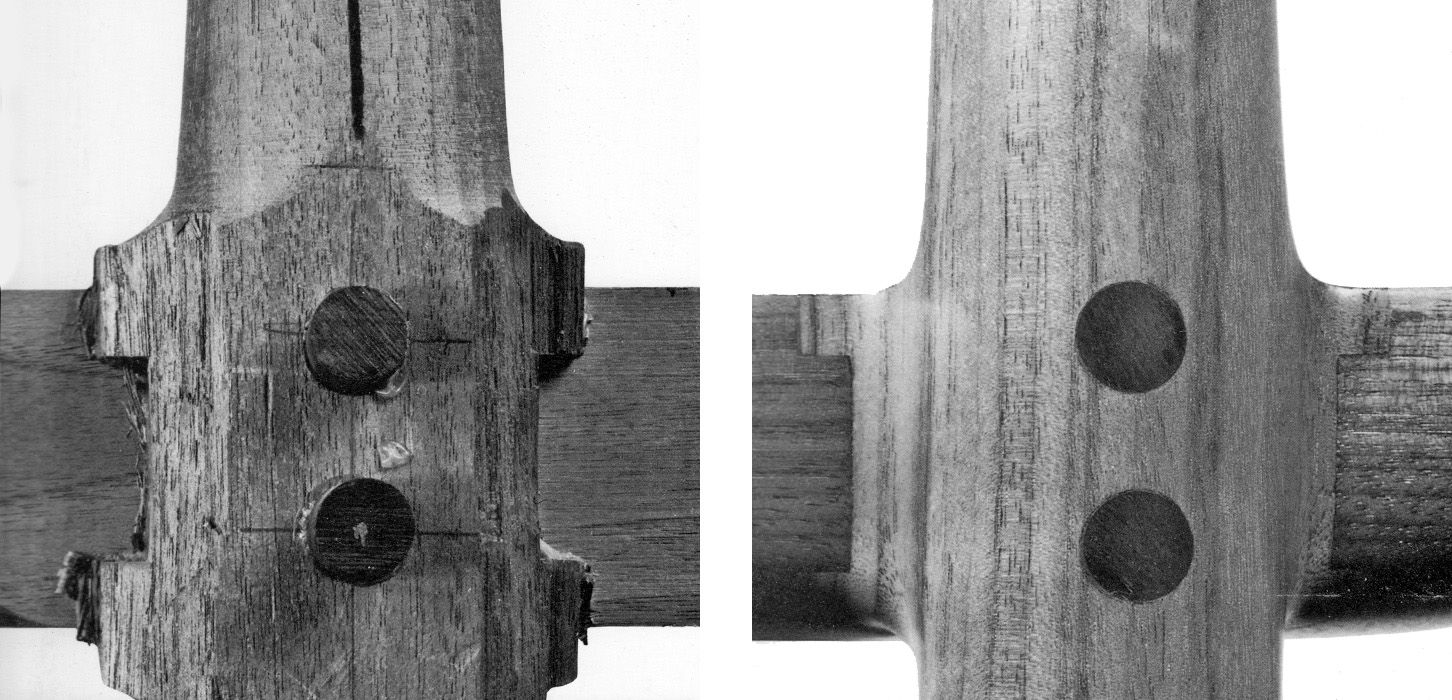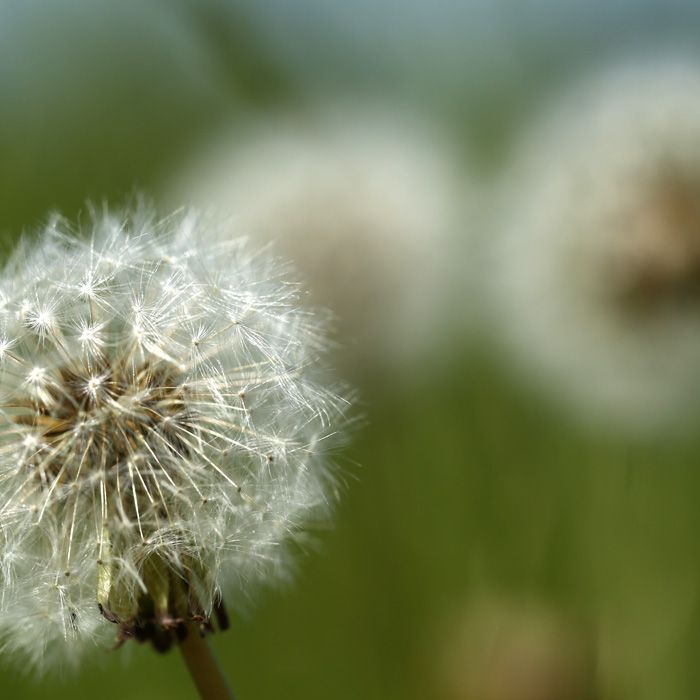


Birthday presents and happy accidentsWhat I find fascinating about making certain kinds of art is that there can be a satisfaction in the separation of the initial, mostly mental work and the resulting physical piece. One begins a project as a mental exercise that is a lot like a scientific experiment. A process is then run to get to the physical outcome that results in an abstraction of the work one did at the beginning. The end result is hypothesized, but unknown until the piece is finished. When painting you are seeing the final outcome as you produce it. Each brush stroke is in plain sight; each brush stroke can be modified, but it is modified in the same way it was originally created. There is no separation from the original thought and the physical existence. There is no surprise. However, if one were to create a paint by numbers picture from scratch, starting with the mental puzzle of drawing shapes and placing numbers in them, thus seeing the outcome in ones mind but unable to create it, this is what is inspiring. This is what draws me to woodworking, filmmaking, and photography. It’s making a birthday present for yourself, yet not knowing what it is.

I see this concept most in woodworking when gluing parts together that then get carved into a new shape. A specific example is segmented turning. Pieces are cut out and glued together in a way that alludes to the final piece. The final piece is only revealed when the process of turning is applied. This is why I like to be precise only with the seams between each piece, and allow the patterns and outer shape of the work to be rough. This roughness puts separation between the beginning and the end, and allows for more surprises. One has to think about the final product separated from the images of the final product.


 This idea used to be more prevalent in film photography, especially when shooting action or long exposures. The act of snapping the shutter on the camera was a mental experiment, with an outcome not revealed until the prints were made several days later. Now with digital photography and the short amount of time between taking the picture and seeing what one gets, I will often put the camera down in some flowers or up over my
This idea used to be more prevalent in film photography, especially when shooting action or long exposures. The act of snapping the shutter on the camera was a mental experiment, with an outcome not revealed until the prints were made several days later. Now with digital photography and the short amount of time between taking the picture and seeing what one gets, I will often put the camera down in some flowers or up over my


0 komentar:
Posting Komentar